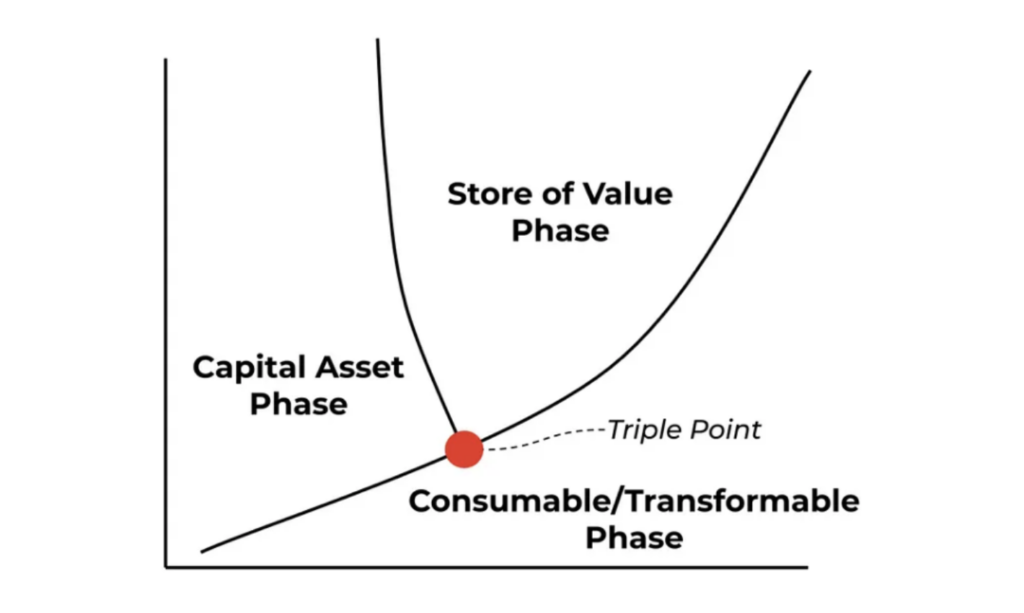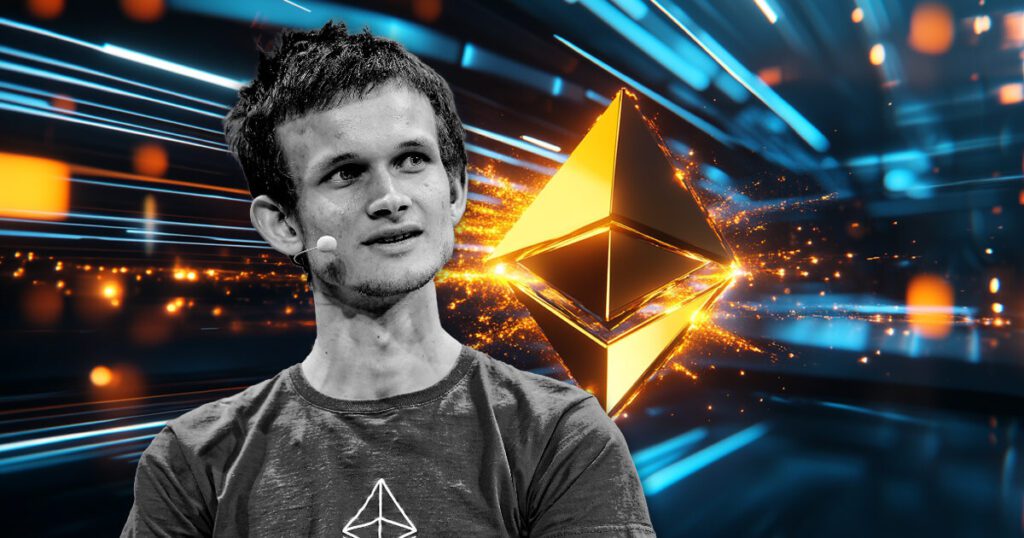In the midst of tensions within certain parts of the Ethereum ecosystem, Vitalik Buterin presented proposals for the scaling of Ethereum L1 and L2, by focusing on data flow and proof systems to answer network requests.
In his latest blog article, he described the expansion of the capacity of Blob objects and coordinated interoperability initiatives which aim to simplify inter-chain operations. The message highlighted a plan to balance technical solutions with Ethereum’s social structure, stressing that a single chain cannot meet all needs without risking decentralization. Buterin suggested that better security on L2 thanks to several proof systems and standardized bridges could facilitate confidence hypotheses while allowing different networks to experiment with various virtual machines.
Buterin highlighted the role of expansion of the “blob” space as an immediate solution to mitigate the congestion of layer 2 and suggested that the base layer of Ethereum must meet the growing demand for data. The ecosystem currently deals with approximately three blobs per location, about 210 transactions per second, although the updates entitled Pectra and Peerdas can double or triple this flow.
He underlined the need for a coordinated roadmap, with shimmer mechanisms possibly adjusting Blob targets to correspond to technical improvements. Buterin has also mentioned more experimental concepts, in particular partial confidence hypotheses for stakeholders with fewer resources, although he has advised to be careful with the conceptions that risk undermining the fundamental principles of Ethereum.
He explained that interoperability is a central priority. Rollups work as unique fragments controlled by different entities, which leads to inconsistent standards in terms of transmission of messages and address formats. This has created a fragmentation for developers and users, motivating calls for inter-chain tools that preserve security without confidence rather than relying on multisig bridges.
Buterin proposed unified methods to check the evidence, accelerated deposit and withdrawal deadlines and chain specific addresses, including identifiers for each layer of layer 2. Some developers consider this approach as a key step towards a navigation Convivial inter-chaînes, although Buterin stressed that the maintenance of explicit security guarantees remains essential for all implementations.
Protect the value of ETH in Ethereum ecosystem
The message also addresses economic incentives aimed at strengthening ETH as a triple point actor, noting that a combination of burnt costs on Rollups, continuous data costs from “blobs” and chain income from Potential canals with maximum extractable value could anchor the monetary role of Ethereum. .

He said the ecosystem system must
“Globally accept to cement ETH as the main actor in the great Ethereum economy (L1 + L2), support applications using ETH as main guarantee, etc.”
He argued that Rollups should consider reinvesting certain costs in the Ethereum ecosystem, potentially through permanent stake or targeted financing of public goods. However, he warned that the cost structures and demand remain uncertain and that no mechanism alone guarantees long -term prices support for ETH.
The adoption of layer 2 and the accumulation currently stimulates the growth of the ecosystem, but Buterin stressed that a complete transition to the cumulators requires both technical progress and social coordination. He urged developers to focus on ready -made test systems, shared sequencing solutions and standards that unify the cross -cumulative operations.
He also invited portfolio suppliers to implement new address formats and transitional protocols, explaining that the achievement of these objectives will require direct collaboration between the Ethereum Foundation, the customer teams and layer 2 projects.
Buterin’s message ended with a reminder that Ethereum’s social ethics underpin its technical plan, referring to the role of the community in maintaining a decentralized project. He called for direct involvement of all stakeholders, including tokens holders, who can influence the decisions of the roadmap by engaging in governance and discussing openly.
He noted that the evolution of the network depends on the balance between the capacity of evolution, the preservation of security and the maintenance of a coherent user experience. The final message called for continuous collaboration to ensure that Ethereum remains an open platform capable of supporting widely used decentralized applications.
Leadership and financial initiatives of the Ethereum Foundation
This message comes in a context of community division and restructuring of the Ethereum Foundation Directorate, because it focuses on the strengthening of developers collaboration while adhering to fundamental values such as decentralization and confidentiality. By trying to remain neutral on political issues, the Foundation continues to underline its commitment to advance the development of protocols without engaging in ideological or lobbying activities.
However, the role of Buterin as a co-founder has been constantly debated on social networks, some asking him to get more involved in Ethereum projects and NFT collections while others advocate total neutrality.
The community argues that Ethereum’s success depends on the maintenance of both a robust L1 ecosystem and a prosperous L2 ecosystem, capable of adapting to various use cases. Buterin’s blog highlighted the importance of flexible systems but minimizing confidence, calling for the adoption of L2 which reflects the first visions of the fragmented architecture of Ethereum.
He argued that giving priority to Blob flow and shared cumulation standards would allow developers to refine DEFI, social applications, business solutions, etc. He also underlined the need for unified address formats, a faster transaction purpose and inter-chain messages protocols so that users can navigate in different L2 without fragmented workflows.

